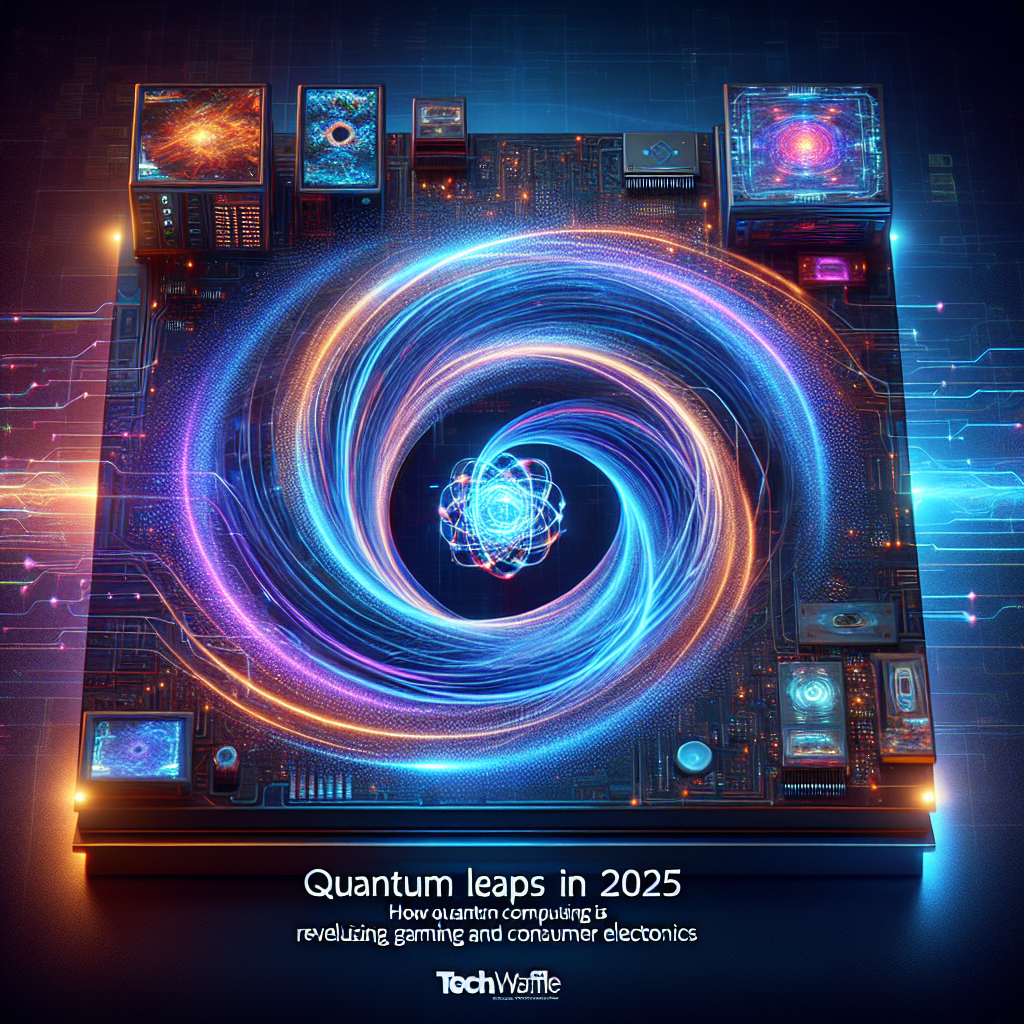The Rise of Dapr: Cloud Native's New Powerhouse
Hey there, tech fans If you're deep in the world of cloud-native computing, you've probably heard of Dapr, the Distributed Application Runtime. Dapr has been making waves since its launch in 2019, but its recent surge in popularity makes it worth a closer look, especially in industries like consumer electronics and gaming where scalable applications are a must.
What is Dapr?
Dapr is essentially a set of building blocks that helps developers build, deploy, and manage distributed applications across cloud and edge environments. It simplifies complex distributed application development by providing APIs for state management, pub/sub messaging, workflows, and more[3][5]. This means developers can focus on coding instead of sweating over the infrastructure.
Dapr in Action
Dapr has become a go-to for many developers due to its ease of use and efficiency. 96% of developers report saving time with Dapr, with 60% experiencing productivity gains of 30% or more, according to the 2025 State of Dapr Report[2][4]. This is huge news for industries where rapid development is key, such as consumer electronics and gaming.
Why Dapr Matters for Consumer Electronics and Gaming
For consumer electronics and gaming, Dapr's ability to simplify distributed application development is a game-changer. Imagine being able to scale your application across multiple environments with minimal additional coding. This means faster updates for IoT devices or seamless integration of AI-driven applications in your games—all without getting bogged down in complex infrastructure management.
Dapr also supports actors and secrets management, making it easier to handle stateful operations and secure sensitive data in your applications. Plus, its support for Kubernetes and self-hosted environments makes it versatile enough for any project size[3][5].
Future Directions
Dapr isn't resting on its laurels. It's expanding into AI-driven applications with features like the LLM Conversation API and Dapr Agents, showing its relevance in tomorrow's tech landscape[2][4]. However, there's still room for growth, with users calling for better observability and debugging tools.
So, if you're building scalable cloud-native applications and haven't checked out Dapr yet, now's the perfect time. Its ability to streamline development and deployment makes it an essential tool for anyone in the cloud-native space.
Are you already using Dapr in your projects? Share your experiences in the comments below!



